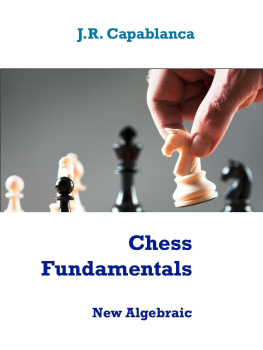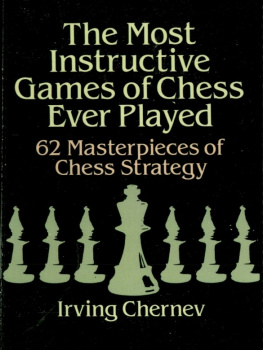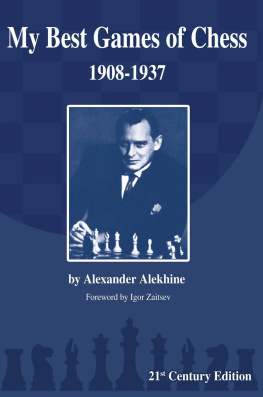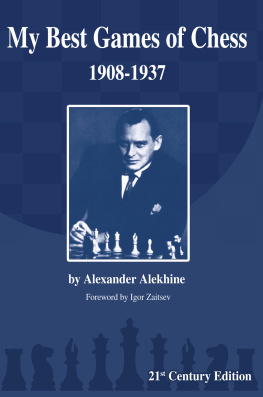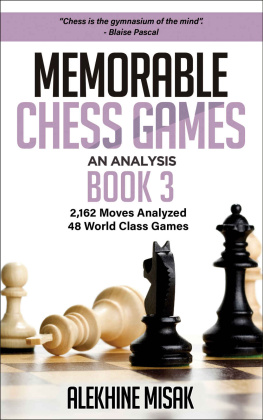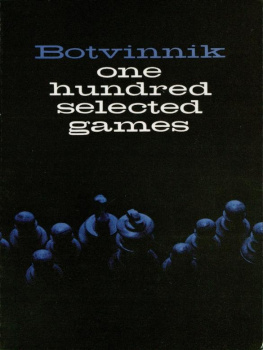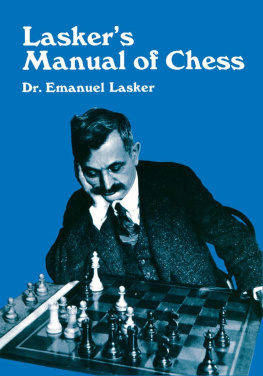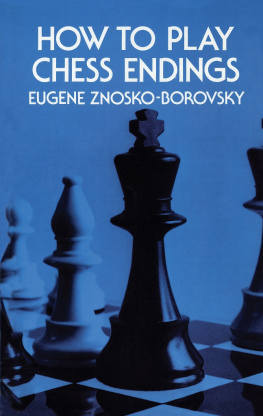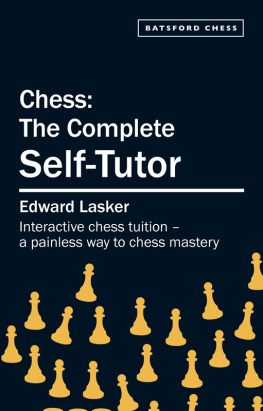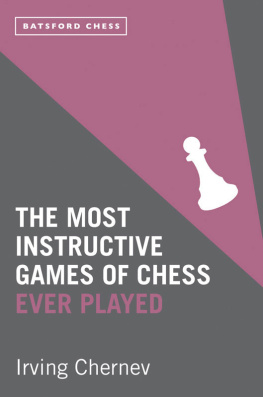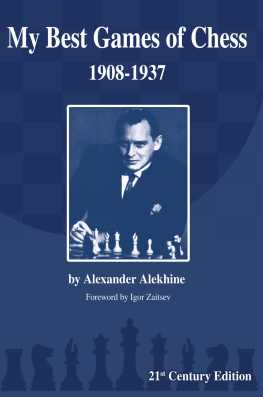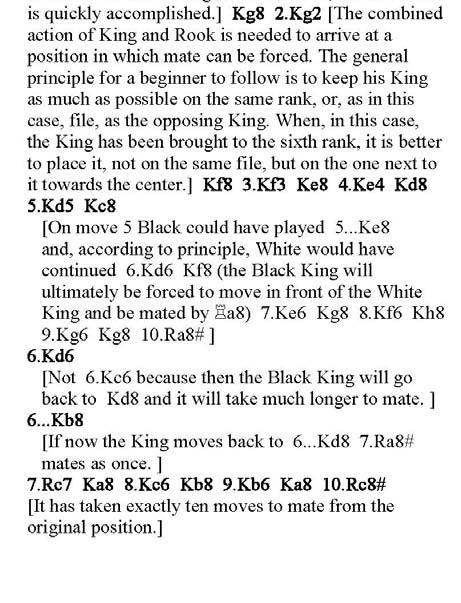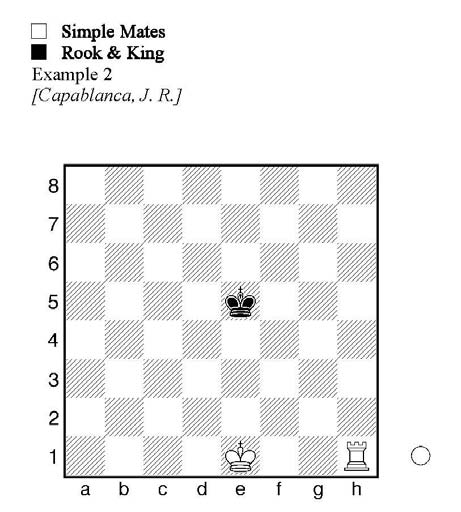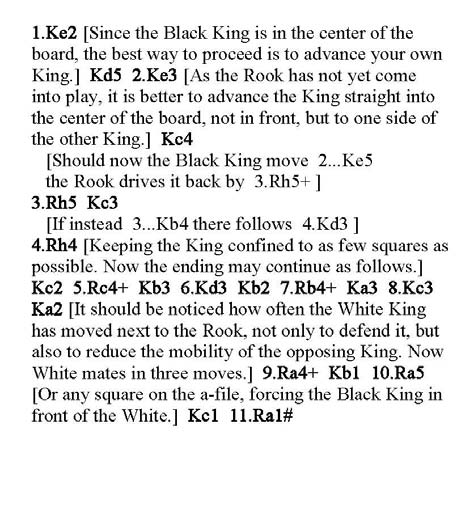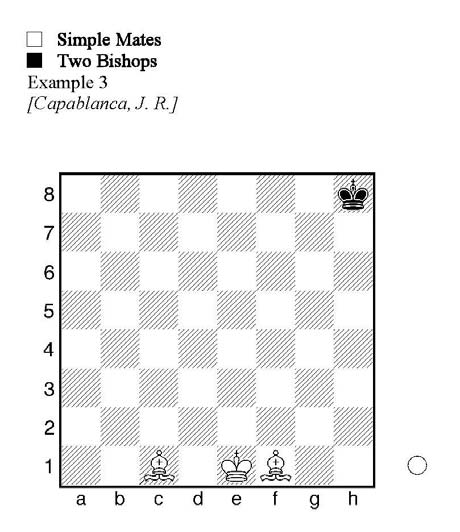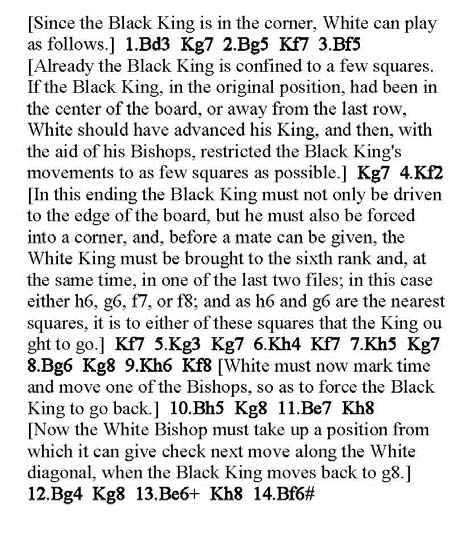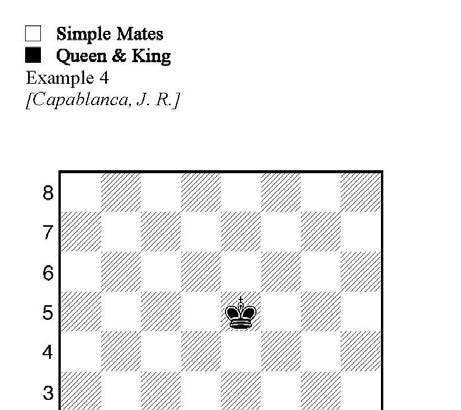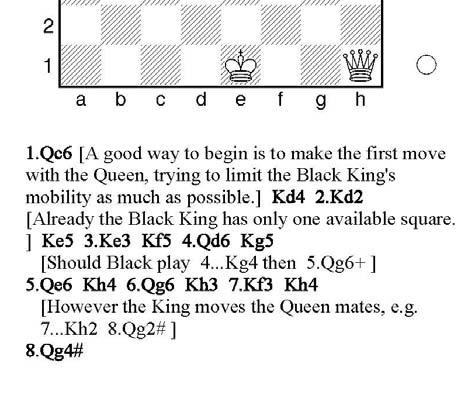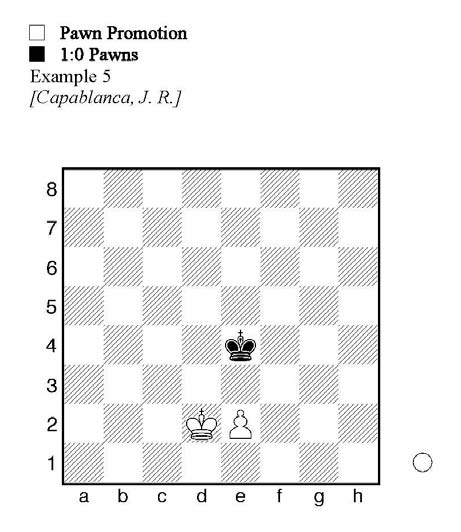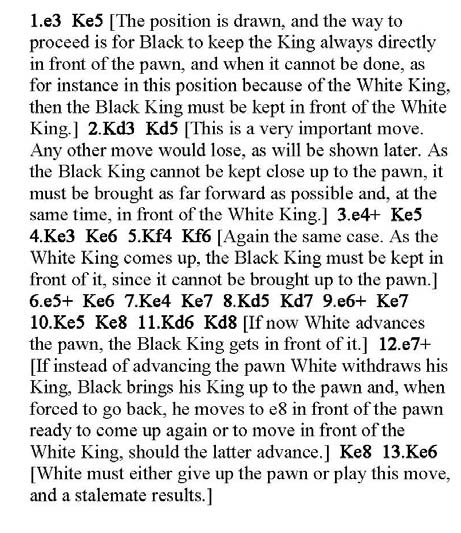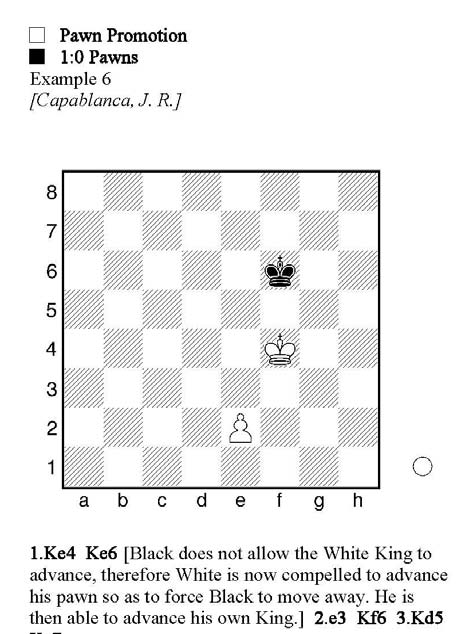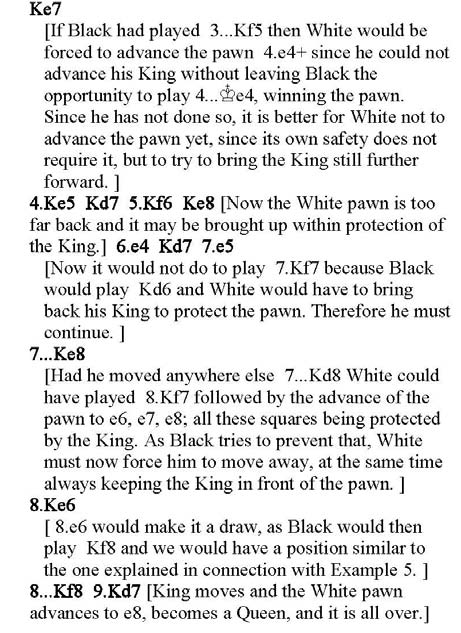Cover.pdf
JOSE R. CAPABLANCA F I R S T P U B L I S H E D I N 1 9 2 1
CHESS FUNDAMENTALS BY JOSE R. CAPABLANCA CHESS CHAMPION OF THE WORLD NEW YORK HARCOURT, BRACE AND COMPANY LONDON: G. BELL AND SONS, LTD. Preface Chess Fundamentals was first published thirteen years ago. Sincethen there have appeared at different times a number of articlesdealing with the so-called Hypermodern Theory.
Those who have readthe articles may well have thought that something new, of vitalimportance, had been discovered. The fact is that the HypermodernTheory is merely the application, during the opening stagesgenerally, of the same old principles through the medium ofsomewhat new tactics. There has been no change in the fundamentals.The change has been only a change of form, and not always for thebest at that. In chess the tactics may change but the strategic fundamentalprinciples are always the same, so that Chess Fundamentals is asgood now as it was thirteen years ago. It will be as good a hundredyears from now; as long in fact as the laws and rules of the gameremain what they are at present. The reader may therefore go overthe contents of the book with the assurance that there is in iteverything he needs, and that there is nothing to be added andnothing to be changed.
Chess Fundamentals was the one standard workof it kind thirteen years ago and the author firmly believes thatit is the one standard work of its kind now. J. R. Capablanca New York Sept. 1, 1934 Contents Chapter 7 Illustrative Games Chapter 1 Game 1 Marshall, F Capablanca, J 1-0 45 First Principles Game 2 Rubinstein, A - Capablanca, J 1-0 46 1. Simple Mates 1 Game 3 Janowski, D - Capablanca, J 1-0 47 2.
Pawn Promotion 3 Game 4 Capablanca, J - Znosko Borovsky, E 0-1 48 3. Pawn Endings 4 Game 5 Lasker, E - Capablanca, J 1-0 49 4. Some Winning Positions in the Middlegame 6 Game 6 Chajes, O - Capablanca, J 1-0 51 5. Relative Value of the Pieces 8 Game 7 Capablanca, J - Burn, A 1-0 53 6. General Strategy of the Opening 9 Game 8 Mieses, J - Capablanca , J 0-1 54 7. Control of the Centre 9 Game 9 Capablanca, J - Teichmann, R 1-0 55 8.
Traps 11 Game 10 Capablanca, J Marshall, F 1-0 56 Game 11 Capablanca, J - Janowski, D 1-0 57 Chapter 2 Game 12 Capablanca, J Chajes, O 1-0 58 Endgame Principles Game 13 Morrison, J - Capablanca, J 0-1 59 9. A Cardinal Principle 12 Game 14 Marshall, F - Capablanca, J 0-1 60 10. A Classical Ending 12 11. Obtaining a Passed Pawn 13 12. How to find out Which Pawn will be First to Queen 14 13. The Opposition 14 14.
The Relative Value of Knight and Bishop 16 15. How to Mate with a Knight and a Bishop 20 16. Queen against Rook 20 Chapter 3 Planning a Win in Middlegame Play 17. Attacking Without the Aid of Knights 22 18. Attacking with Knights as a Prominent Force 23 19. Winning by Indirect Attack 24 Chapter 4 General Theory 20.
The Initiative 25 21. Direct Attacks en Masse 25 22. The Force of the Threatened Attack 26 23. Relinquishing the Initiative 27 24. Cutting Off Pieces from the Scene of Action 28 25. A Player's Motives Criticized in a Specimen Game 30 Chapter 5 Endgame Strategy 26.
The Sudden Attack from a Different Side 32 27. The Danger of a Safe Position 34 28. Endings with One Rook and Pawns 35 29. A Difficult Ending: Two Rooks and Pawns 36 30. Rook, Bishop and Pawns vs. Rook, Knight and Pawns 38 Chapter 6 Further Openings and Middlegames 31.
Some Salient Points about Pawns 40 32. Some Possible Developments from a Ruy Lopez 33. The Influence of a "Hole" 42
Chapter 1 In the ending of Rook and King against King, the First Principles principle is to drive the opposing King to the last line
Endings, Middlegame and Openings of any side of the board. 1. Simple Mates The first thing a student should do, is to familiarize himselfwith the power of the pieces. This can best be done by learning howto accomplish quickly some of the simple mates.
In this position it took eleven moves to mate, and, under any conditions, I believe it should be done in undertwenty. While it may be monotonous, it is worth while for thebeginner to practice such things, as it will teach him the properhandling of his pieces.
We now come to Queen and King against King. As the Queen combines the power of the Rook and the Bishop, it is the easiest mate of all and should always beaccomplished in under ten moves. In this ending, as in the case of the Rook, the Black King mustbe forced to the edge of the board; only the Queen being so muchmore powerful than the Rook, the process is far easier and shorter. principle is the same. principle is the same.
In each case the cooperation of Here ithas taken fourteen moves to force the mate the King is needed. In order to force a mate without and, in anyposition, it should be done in under thirty. the aid of the King, at least two Rooks are required. In all endings of this kind, care must be taken not to driftinto a stalemate. In this particular ending one should remember that the King mustnot only be driven to the edge of the board, but also into acorner. h4or a5, e8 or d1.
2.

